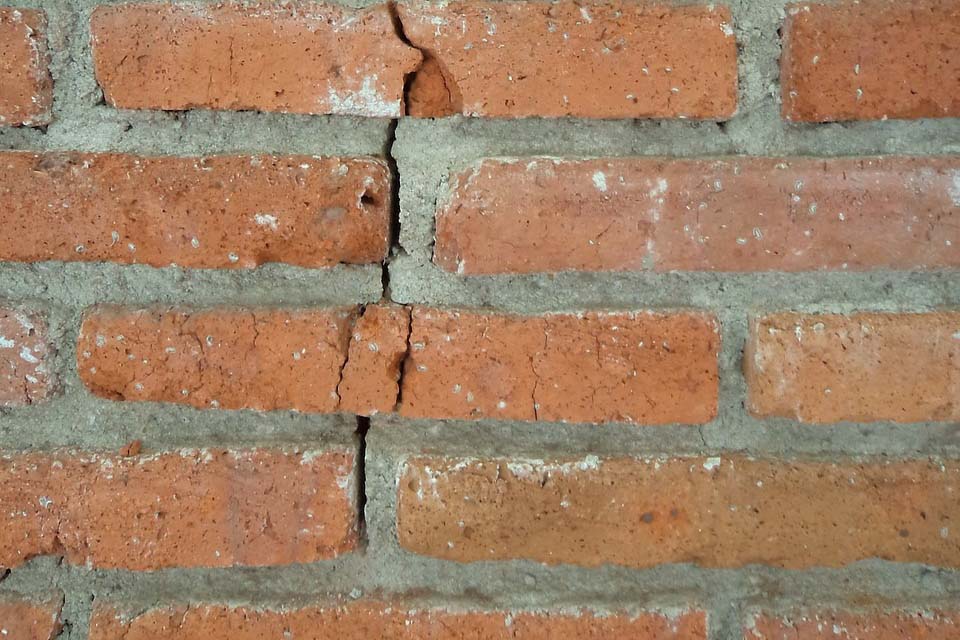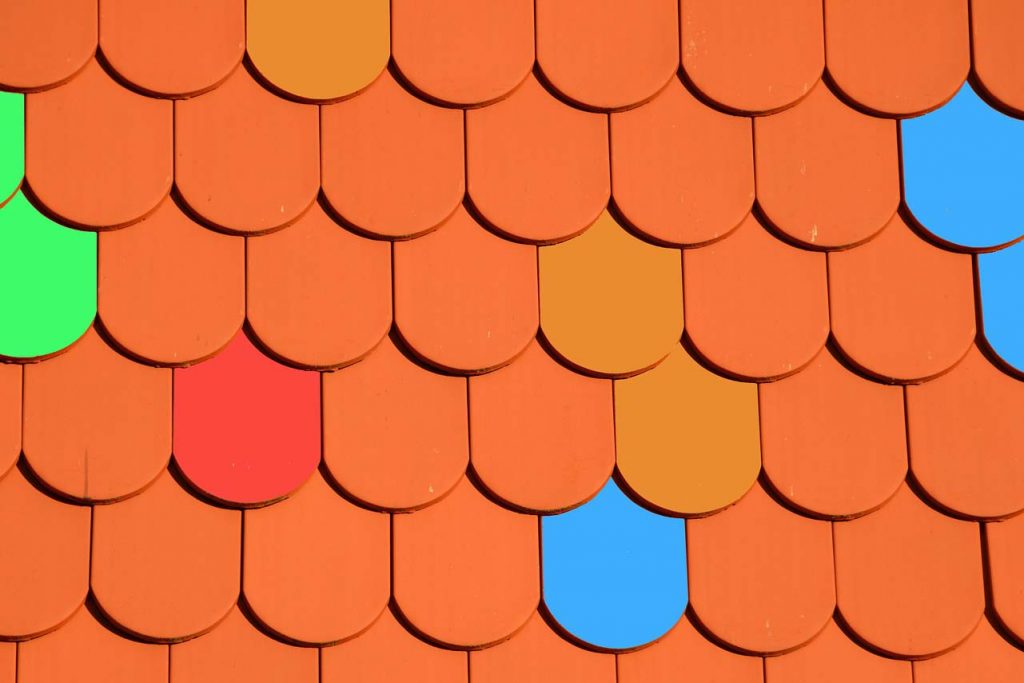When to Walk Away After Home Inspection
If you’re buying or selling a home, the inspection is one of the most important steps in the process. As a buyer, you should know if the home has any defects before committing to a new home purchase. As a seller, you should be sure the inspection won’t trigger any contract contingencies that decrease your selling price – or kill the deal completely.
Even newly built homes have problems that can only be properly diagnosed by an experienced and qualified Home Inspector. Our residential home inspectors in BC, Canada see hundreds of homes every year and these are the top 5 residential inspection findings we’ve seen stop home sales in their tracks.

1. Foundation Problems
The foundation refers to the lowest weight-bearing part of a building which is usually made of concrete. It supports the entire structure of the home, acts as a barrier against water, and also prevents dangerous soil vapors like radon from seeping into your home. Without a good foundation, your home can literally sink into the ground.
Your home inspector will check the exterior and interior crawlspace or basement for proper sealing and any signs of cracking. They should also make sure the property has good drainage and that water isn’t pooling leading to water ingress in the basement.
If your inspection report shows that the foundation is badly cracked or uneven, you can expect to see worse issues throughout the home. Old foundations with untreated cracks can lead to serious problems like:
- Flooding and water ingress into basements
- Water infiltration causing mold and mildew buildup
- Radon gas leakage from the soil
- Pest problems like ants & termites
The costs of repairing a cracked foundation can easily kill a deal. While minor crack repairs usually cost between $1,000 to $5,000, fixing major cracks can cost upwards of $50,000.
Uneven Foundation
Over time, home foundations can move due to either settlement, upheaval, or poor grading. Settlement happens when a home foundation moves due to soil compressing unevenly beneath the home. Upheaval occurs when the ground beneath a home absorbs moisture and expands, pushing up one side of the foundation higher than the other.
An uneven foundation can lead to a number of problems throughout the house:
- Cracking on the interior walls and exterior of your house
- Warped door frames that are hard to open and close
- Warped window frames that cause insulation gaps
- Cabinets that lean away from walls
- Tilted floors
- Overall decreased stability, longevity, and safety
Repairing an uneven foundation is an expensive job. House leveling involves raising the home on stilts to perform the repairs, which can cost $5,000 to $20,000 or more.

2. Roof Defects
A good roof protects you from the elements, insulates your home from outside temperatures, and saves you money on heating and cooling in the long run.
Roofing is one of the most common home inspection deal breakers. Minor issues like missing shingles and old gutters can easily be resolved, but if the previous homeowner didn’t take good care of the roof, your inspection could reveal major issues like leaking into the attic, mildew, rotting wood, and sagging.
If you’re buying a home during the winter, your inspector will return to the property in Spring or Summer to do a full roof inspection after the snow clears. If your inspector finds any roofing problems, you should request that the seller fix them before you close the deal. A full roof replacement can cost between $10,000 to $50,000.
Homeowners should replace worn out and leaking roofing shingles at least once every 15 to 50 years, depending on the material. Asphalt shingles last 15 to 30 years depending on the grade, wood shingles last around 30 years, and slate/concrete shingles can last more than 50 years, and metal roofing can last between 50 to 75 years.
3. Plumbing and Water Issues
Worn out components, cheap piping, and shoddy do-it-yourself (DIY) work are some common plumbing problems that home inspectors find in Canada. Problems with plumbing systems can lead to expensive repairs. If the inspection reveals water damage like mold & mildew buildup, rotting, sagging, or flooding, most buyers will walk away.
Some plumbing red flags inspectors look for are low water pressure, slow drainage, blocked drains, and sewer odor.
Poly B Piping
Around 700,000 Canadian homes built in the 1970s and 80s have pipes made of polybutylene (Poly B), a flexible plastic tubing material that saves money for builders but also degrades over time. Homes built with Poly B eventually start leaking. Since plumbing systems are hard to access, replacing Poly B piping with newer PVC pipes can easily cost upwards of $20,000.
Old Septic Tanks
In British Columbia, aging septic tanks are a major cause for concern amongst homebuyers. Over time, septic tank components fail due to wear and tear, eventually leaking onto the property. Septic repairs can cost $5,000 or more, lead to awful smells, and are likely to scare off prudent buyers.
4. Wiring & Electrical Issues
Your home’s electric systems include incoming power lines, wires, breakers, the electrical panel, meters, and lighting.
Aluminum Wires
Between the 1950s and 1970s, a lot of Canadian homes were built with cheap aluminum wiring instead of copper. Aluminum is a soft and brittle metal that expands and contracts with changes in temperature and electrical current. Over time, aluminum wires lose efficiency and are prone to breakage, which is a major fire hazard.
Replacing aluminum wire with copper throughout a house costs at least $10,000 ($300 to $500 per electrical outlet) – a price tag that scares off a lot of potential buyers.
DIY Renovations & Shoddy Contract work
Nowadays many homeowners are eager to save money and gain experience with do-it-yourself home improvement projects. As a homebuyer, you never really want to encounter amateur work. Unbalanced circuits can easily overload leading to sparks, electrical surges, and house fires.
A good home inspector can tell if renovation work was performed by licensed contractors and meets all of your local building codes. Inspectors look for red flags like sloppy wiring, wall outlets installed at uneven heights, and double tapped circuit breakers. Since most of a home’s electrical systems are behind walls, most buyers would rather walk away than fix DIY electrical work which often involves redoing sections of drywall.
5. Problems with HVAC Appliances
Heating, ventilation, and air conditioning appliances all play a vital role in air quality, climate control, and home safety. To prevent buildup of dust, mold and harmful allergens, you should clean and maintain your HVAC appliances at least once a year, and completely replace them every 10 to 25 years. These include the furnace, water tank or water heater, and air conditioning system.
Home Inspectors check your HVAC appliances for proper air flow, clean filters & ducts, and look for nearby water damage that could have been caused by faulty appliances.
If your home inspector discovers that the seller ignored their maintenance tasks for years on end, it could be a sign that you’ll find trouble in other parts of the house as well.
If you’re purchasing a home that needs new HVAC appliances, a full replacement with installation costs upwards of $10,000.
Questions & Answers
What are mandatory and non-mandatory fixes after home inspections?
Technically speaking, there are no mandatory fixes after a home inspection in Canada. Even if there are outstanding problems, buyers and sellers are free to reach an agreement on their own terms. For example, some buyers may be willing to do the repairs themselves in exchange for a lower asking price. Generally speaking, a mandatory fix after a home inspection would be anything the buyer requires as a condition to purchase the home. Fixes that most buyers would consider mandatory are water damage, mold damage, or building code violations like poor ventilation or missing smoke alarms.
Is it possible to fail a home inspection?
In the Province of British Columbia, Canada getting a home inspection is not exactly a pass or fail process. But, if your buyer walks away after the inspection and the sale falls through, you can consider that a failed inspection. Sometimes the home inspector finds so many issues in need of repair that the potential home buyer just walks away from the deal.
Why do some real estate agents say no to the home inspection before buying a house or selling a house?
When you’re selling a house, some real estate agents will recommend not getting a pre-listing inspection because if you find any problems, you have to disclose them to the buyer. The truth is, if the buyer finds out about problems on their own, it could seriously harm your negotiations and make the buyer wonder what else you’ve been hiding. A pre-listing inspection builds trust and helps you understand what your home is actually worth before agreeing to a price.
How much does a home inspection cost in BC, Canada?
Getting a home inspection in British Columbia, Canada costs between $400 to $700 depending on the size of the house and the location.
If you’re looking for a trusted and experienced home inspector in Kelowna, West Kelowna, Peachland, Summerland, or Penticton, contact Step Above Home Inspections, Accredited Home Inspectors with HIABC.
